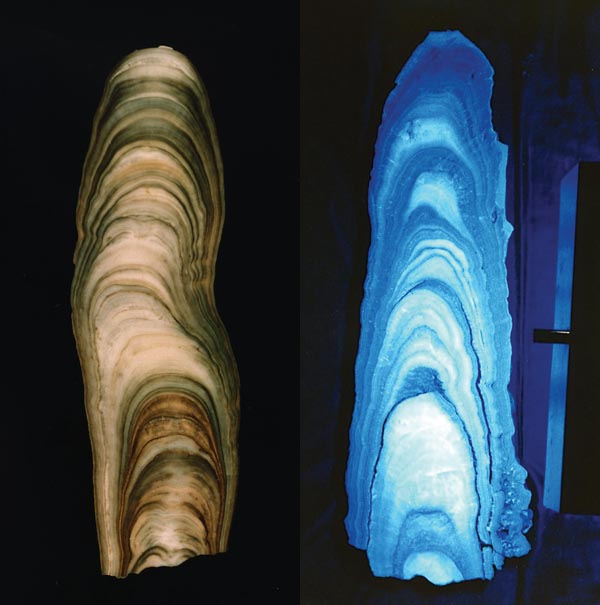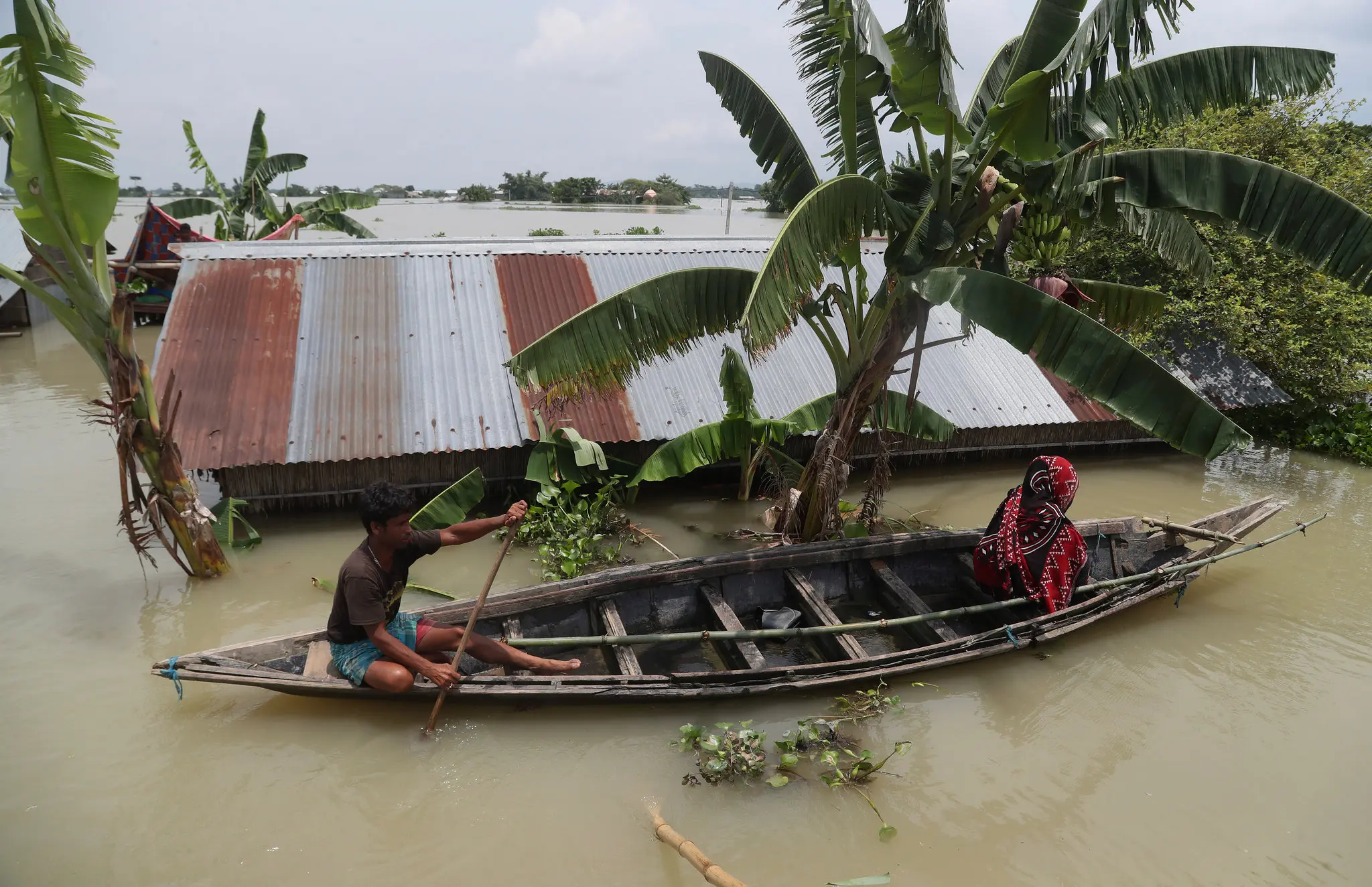Deglacial Asian monsoon
How to interpret the speleothem water isotope in Asian Monsoon regions?
Monsoons, which are characterized by distinct wet and dry seasons and a seasonal reversal of prevailing winds, are a planet-scale atmospheric phenomenon that affects nearly two-thirds of the world’s population. My research is to improve our understanding of monsoon dynamics and future projections by investigating past changes in global monsoon variability. I focus on the following questions: (1) How does the global monsoon respond to external forcings, such as greenhouse gases, ice sheets, changes in Earth’s orbit, vegetation, and aerosols? (2) How can we interpret associated paleoclimate proxies (e.g., speleothem \(\delta ^{18}O\)) from the past?
I conducted the first set of isotope-enabled transient climate experiments (iTRACE) during the last deglaciation (20,000-11,000 years ago) using a state-of-the-science isotope-enabled Community Earth System Model (iCESM) (He et al., 2021, Sci. Adv.). This was the first time that the deglacial water isotope and hydroclimate evolution in the Asian summer monsoon was quantitatively reproduced in simulation. The success of my simulation shows the deglacial water isotope in Asian monsoon system was driven by water source in the upstream Indian Ocean, while the rainfalls in different regions were regulated by local atmopsheric circulations. This provides a possible solution to reconcile the water isotope-hydroclimate paradox in the Asian monsoon — a longstanding grand challenge in paleoclimate. Another follow-up study (He et al., 2021, Nat. Commun.), for the first time, emphasized the importance of the Autumn monsoon in shaping the deglacial East Asian hydroclimate and has stimulated follow-up studies.
Publications
Journal Articles
- JCLIDipole Response of Millennial Variability in Tropical South American Precipitation and δ18 O p During the Last Deglaciation: Part I: Rainfall ResponseJournal of Climate, 2023
- JCLIDipole Response of Millennial Variability in Tropical South American Precipitation and δ18 O p During the Last Deglaciation: Part II: δ18 O p responseJournal of Climate, 2023
- Sci.Adv.
 Hydroclimate footprint of pan-Asian monsoon water isotope during the last deglaciationScience Advances, 2021
Hydroclimate footprint of pan-Asian monsoon water isotope during the last deglaciationScience Advances, 2021 - Nat.Commns.
 Deglacial variability of South China hydroclimate heavily contributed by autumn rainfallNature communications, 2021
Deglacial variability of South China hydroclimate heavily contributed by autumn rainfallNature communications, 2021 - GRLTermination 1 Millennial-scale Rainfall Events over the Sunda ShelfGeophysical Research Letters, 2022
- QSRDeglacial trends in Indo-Pacific warm pool hydroclimate in an isotope-enabled Earth system model and implications for isotope-based paleoclimate reconstructionsQuaternary Science Reviews, 2021
- QSRA mechanistic understanding of oxygen isotopic changes in the Western United States at the Last Glacial MaximumQuaternary Science Reviews, 2021
- GRLLocal Insolation Drives Afro-Asian Monsoon at Orbital-Scale in HoloceneGeophysical Research Letters, 2022